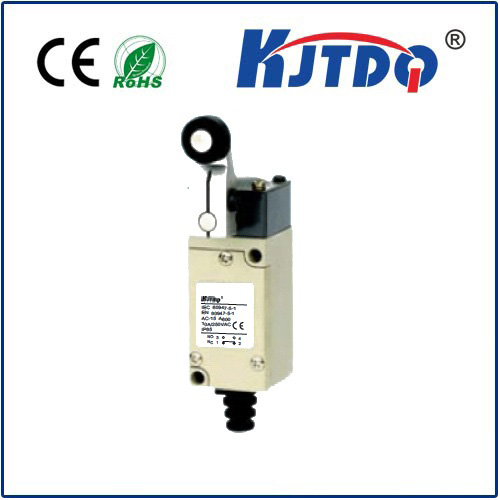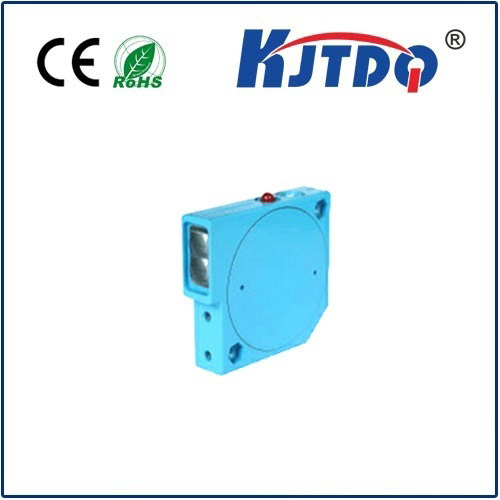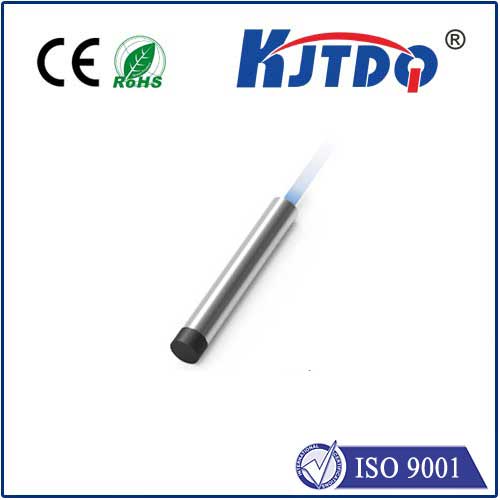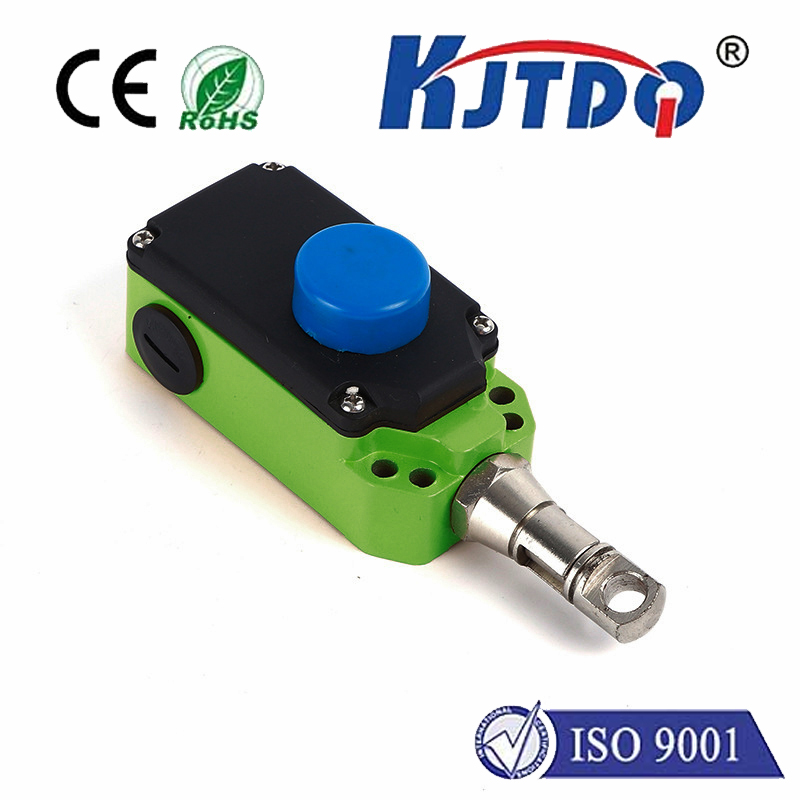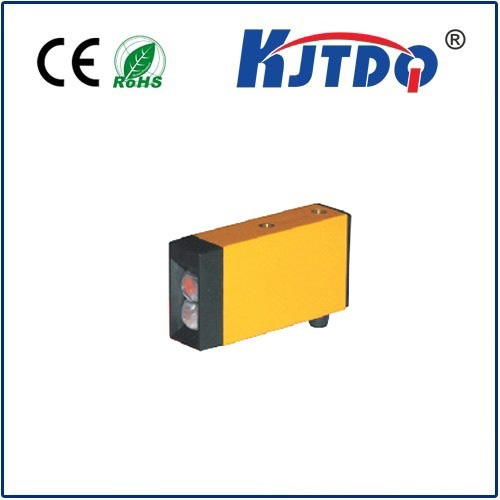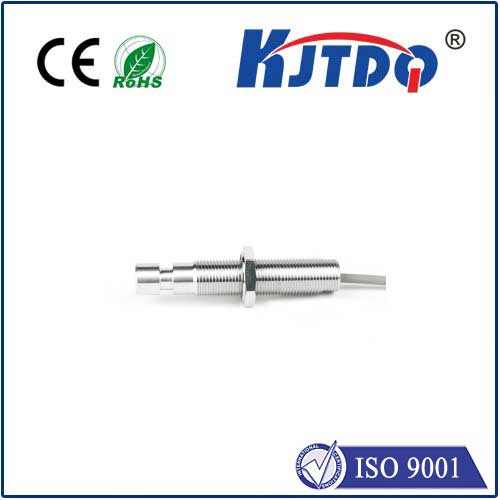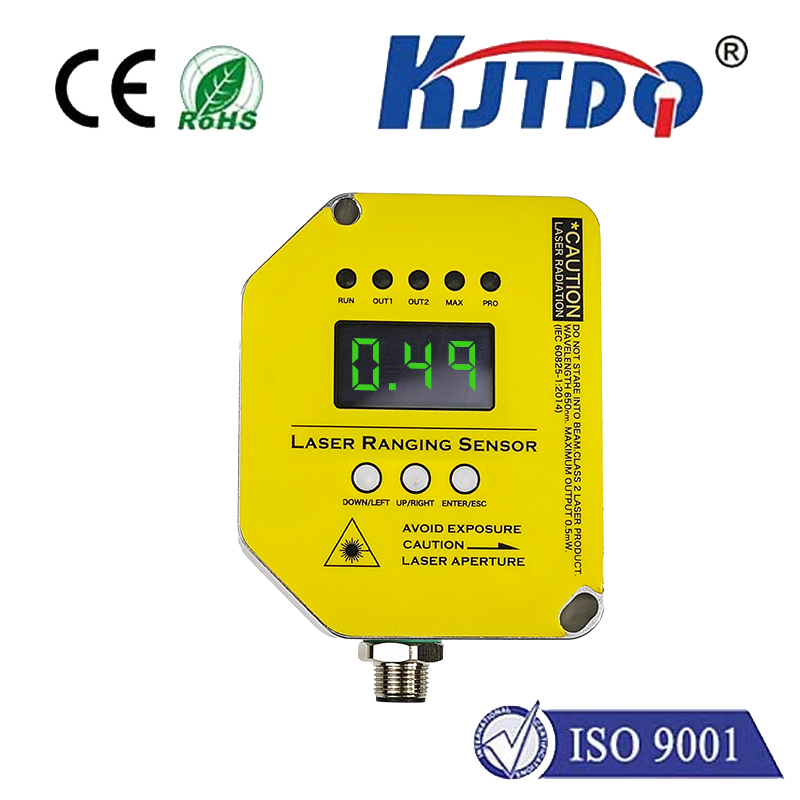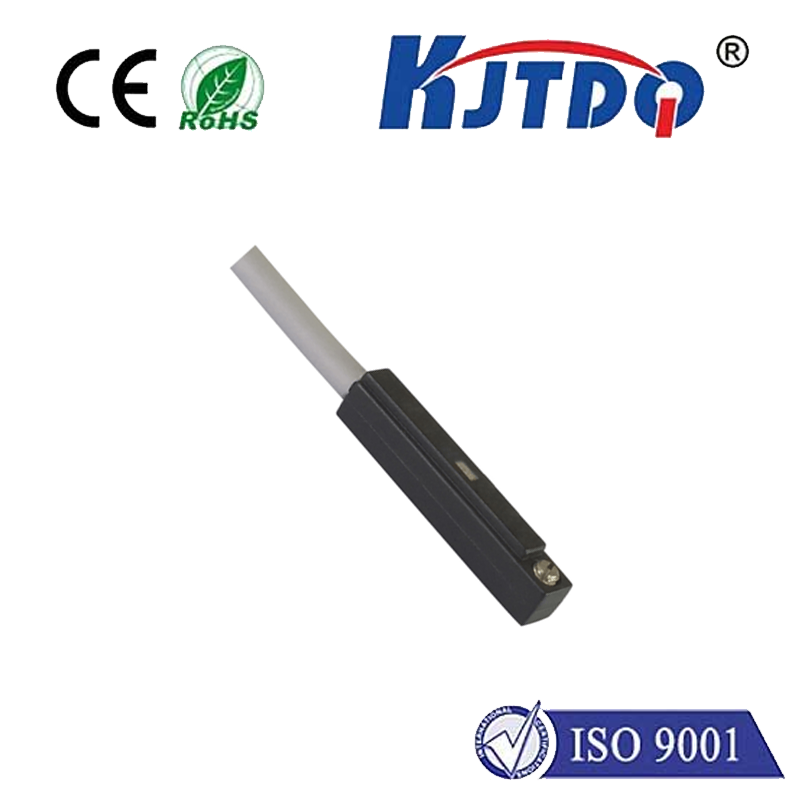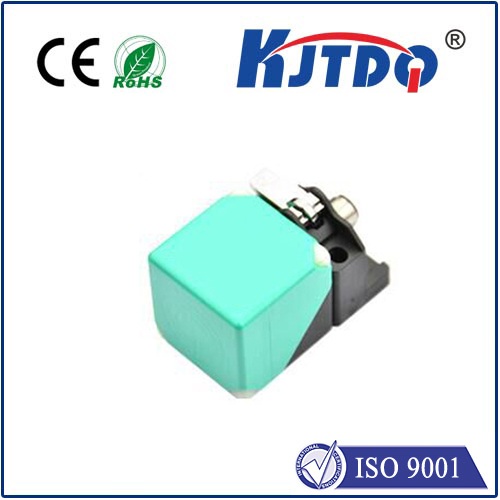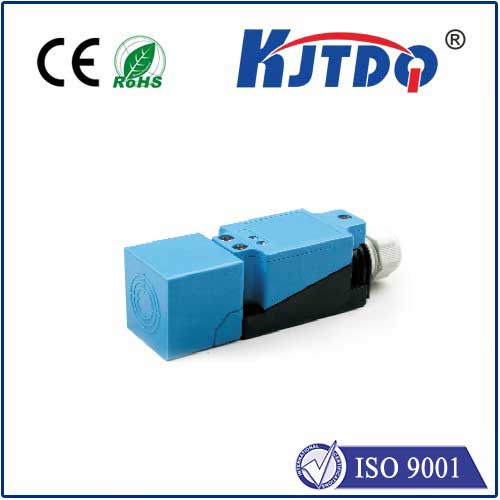BES024H proximity sensor
- time:2025-10-16 14:02:34
- Click:0
BES024H Proximity Sensor: The Unseen Guardian of Industrial Precision & Automation
Imagine a complex assembly line humming with robotic arms, whirring conveyors, and precision machinery. How do these components “know” when a metal part is perfectly positioned for welding, when a bottle is capped correctly, or when a pallet reaches its loading point? Often, the silent, unsung hero enabling this intricate dance of automation is a device like the BES024H proximity sensor. Far from a simple switch, this compact workhorse is fundamental to modern manufacturing efficiency, safety, and accuracy.
Understanding the Core: What is a Proximity Sensor Like the BES024H?
At its essence, a proximity sensor detects the presence or absence of an object without physical contact. The BES024H belongs to a specific, highly prevalent category: the inductive proximity sensor. This type is specifically designed to detect ferrous metals (like steel or iron) with remarkable reliability. Here’s the elegant science behind it:
- Generating the Field: The sensor contains an internal oscillator circuit that generates a high-frequency electromagnetic field emanating from its sensing face.
- Disturbance Detection: When a metal target enters this electromagnetic field, eddy currents are induced on the target’s surface.
- Signal Alteration: These eddy currents draw energy from the sensor’s oscillator, causing a measurable change in its amplitude or frequency.
- Output Switch: The sensor’s internal circuitry detects this change and triggers an electronic switch. This switch controls an output signal (typically switching a load ON or OFF), alerting the control system (like a PLC) to the target’s presence.
The BES024H exemplifies this technology in a robust, industry-standard M18 cylindrical housing. Its non-contact operation is a key advantage, eliminating mechanical wear and tear associated with limit switches, ensuring long service life and minimal maintenance downtime.
Decoding the BES024H Specification & Key Advantages

While precise specifications might vary slightly by manufacturer (the “BES024H” code often signifies a specific design variant), typical features and benefits of an M18 inductive sensor like this include:
- Detection Range: Commonly offering a 2mm, 4mm, or 8mm nominal sensing distance (Sn). This non-contact range is crucial for positioning accuracy.
- Output Configuration: Available in industry-standard PNP (sourcing) or NPN (sinking) transistor outputs, ensuring compatibility with a vast array of Programmable Logic Controllers (PLCs) and control systems. Three-wire configurations are standard.
- Construction & Durability: Housed in rugged stainless steel or nickel-plated brass, the BES024H sensor is built for demanding industrial environments. It typically boasts high IP67 (or IP69K) ingress protection ratings, meaning it’s resistant to dust and powerful water jets, and offers excellent vibration and shock resistance.
- Electrical Ratings: Designed for reliable operation within a 10-30V DC supply range, making it compatible with common industrial DC power systems. Output current capacity is usually sufficient for directly driving PLC inputs or small relays.
- Status Indication: Features a built-in LED indicator that provides visual confirmation of the sensor’s operational state (power and switching status), simplifying commissioning and troubleshooting.
- Mounting Flexibility: The cylindrical M18 design allows for easy flush or non-flush mounting (depending on the specific variant), offering installation versatility in tight spaces or when shielding is required.
Where the BES024H Proximity Sensor Excels: Core Applications
The reliability and robustness of the BES024H proximity switch make it indispensable across countless industrial sectors:
- Machine Automation: Detecting position of slides, cylinders (via piston magnets or targets), tool changers, clamps, and end stops.
- Conveyor Systems: Monitoring object presence/absence, counting parts, verifying correct positioning for sorting or diverting, and detecting jams.
- Packaging Machinery: Ensuring proper filling levels (metal containers), cap presence detection (metal caps), carton sealing verification, and labeling position control.
- Robotics: Enabling precise end-effector positioning, part presence verification at pick/place stations, and safety interlocking.
- Material Handling: Pallet presence detection, forklift position sensing, and automated warehouse control.
- Metalworking: Tool breakage detection, part clamping confirmation, and spindle position monitoring on CNC machines.
Why Choose a Sensor Like the BES024H? The Compelling Benefits
Integrating a proximity sensor like the BES024H offers significant operational advantages:
- High Reliability & Long Life: The absence of moving parts subject to wear guarantees millions of switching cycles, reducing replacement costs and unplanned stops.
- Exceptional Speed: Inductive sensors like the BES024H operate at high switching frequencies, capable of detecting fast-moving objects on high-speed production lines, far exceeding mechanical switches.
- Robust Environmental Performance: The IP67/IP69K rating ensures reliable function even in harsh conditions – exposed to coolants, oils, washdown processes, dust, and significant vibrations.
- Maintenance-Free Operation: With no physical contact, there’s no mechanical wear to contend with, minimizing maintenance requirements.
- Versatility: The M18 form factor and wide range of sensing distances and output types (PNP/NPN) make the BES024H adaptable to a vast number of applications across different industries. Its flush mount capability allows installation where space is constrained.
Selecting and Implementing Your Solution
When specifying a BES024H sensor, carefully consider:
- Target Material: Inductive sensors detect ferrous metals (steel, iron). Effectiveness decreases significantly for non-ferrous metals like aluminum or brass; specific sensors are needed for these. For non-metals, capacitive or optical sensors are required.
- Required Sensing Distance (Sn): Choose the appropriate range (e.g., 4mm or 8mm) based on installation geometry and target size. Remember the effective sensing distance can be slightly less than nominal.
- Output Type (PNP/NPN): Match this to your control system input requirements. PNP outputs (positive switching) are common in many regions/PLCs.
- Electrical Ratings: Ensure the supply voltage (10-30V DC) and output current match your system.
- Environmental Conditions: Confirm the IP rating (e.g., IP67 for general washdown, IP69K for high-pressure/steam cleaning) and temperature range meet your application demands.
The Foundation of Smart Automation
The BES024H proximity sensor is far more than just a component; it’s a fundamental building block of modern industrial intelligence and automated control. Its ability to provide accurate, reliable, and non-contact detection of metal objects translates directly into enhanced productivity, improved product quality, reduced downtime, and heightened operational safety. As automation continues its relentless advance, robust and versatile sensors like the BES024H will remain indispensable, silently ensuring that machines “see” their world with the necessary precision to function flawlessly.






